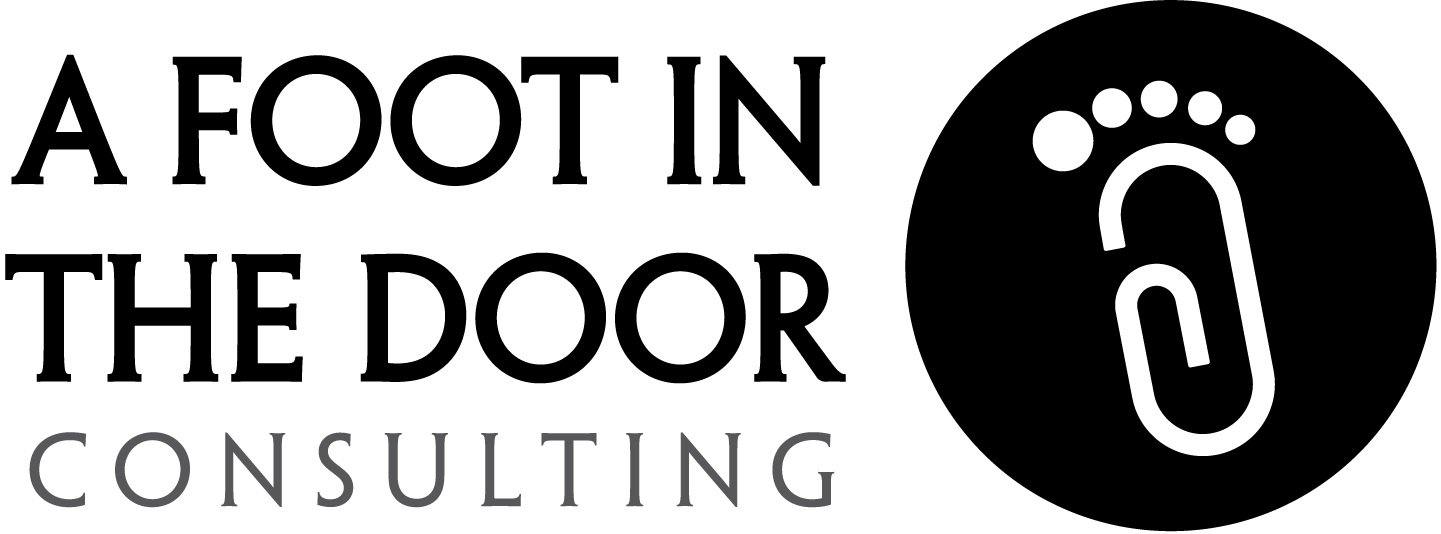What’s ATS got to do with me? A job seeker’s guide.
In today's digital age, the job application process has evolved significantly. One crucial aspect that often goes unnoticed by job seekers is the Applicant Tracking System (ATS). An ATS is a software application used by employers to streamline and manage their recruitment efforts. It plays a pivotal role by sifting through hundreds to thousands of applications, helping recruiters quickly identify qualified candidates. It’s the primary reason there is such a buzz around keyword use in resume writing and job applications.
What does it do? What do I need to know?
1. Screening Efficiency: ATS helps employers manage the overwhelming influx of applications. It automatically scans resumes and filters out candidates who lack specific keywords, qualifications, or experiences mentioned in the job description. Therefore, tailoring your resume to align with the job requirements is crucial to get past this initial screening stage.
2. Keyword Optimization: To improve your chances of getting noticed by an ATS, integrating relevant keywords is vital. Identify industry-specific terms, skills, and qualifications from the job description and strategically incorporate them into your resume. However, avoid overstuffing your resume with keywords to maintain readability and authenticity. Current ATS systems will not only kick-out your resume for too-little keywords, but too many as well.
3. Formatting and Structure: Certain fonts and formatting, such as columns, text boxes, tables, and graphics, may create a snazzy looking document but it prevents the ATS system from accessing or correctly interpreting the content. Stick to standard fonts and formatting styles. Simple headings, strategic blurbs and bullet points enhance readability for both the ATS and recruiters.
4. Tailored Applications: Customizing your application for each job is crucial. Generic resumes may not pass the ATS screening as effectively as tailored ones. Tailoring doesn't only involve using the right keywords but also aligning your experiences and skills to match the job requirements. This should not require a lot of time, if your resume is structured in an easy-to-edit format.
Although, be sure to keep in mind that ATS isn’t your only decision maker in the job search process.
While ensuring your document is optimized for ATS, it also needs to be appropriate for hiring manager review. This means:
A clean and classy format that is pleasing to the eye.
A simple structure that makes information easy to absorb in 6 seconds or less, with important information such as job titles on along the left hand side of the document.
Content that speaks to who you are not just what you have done so you can stand out from the crowd
In essence, an ATS acts as the initial and important gatekeeper in the hiring process. It scans your document in comparison to the position description, determining in milliseconds if you get passed the computerized gates. Document format, content, and tailoring are the key components to making it past this initial screening system.
Though more importantly, balancing human appeal and ATS compatibility is the key to standing out in the digital job search landscape.

